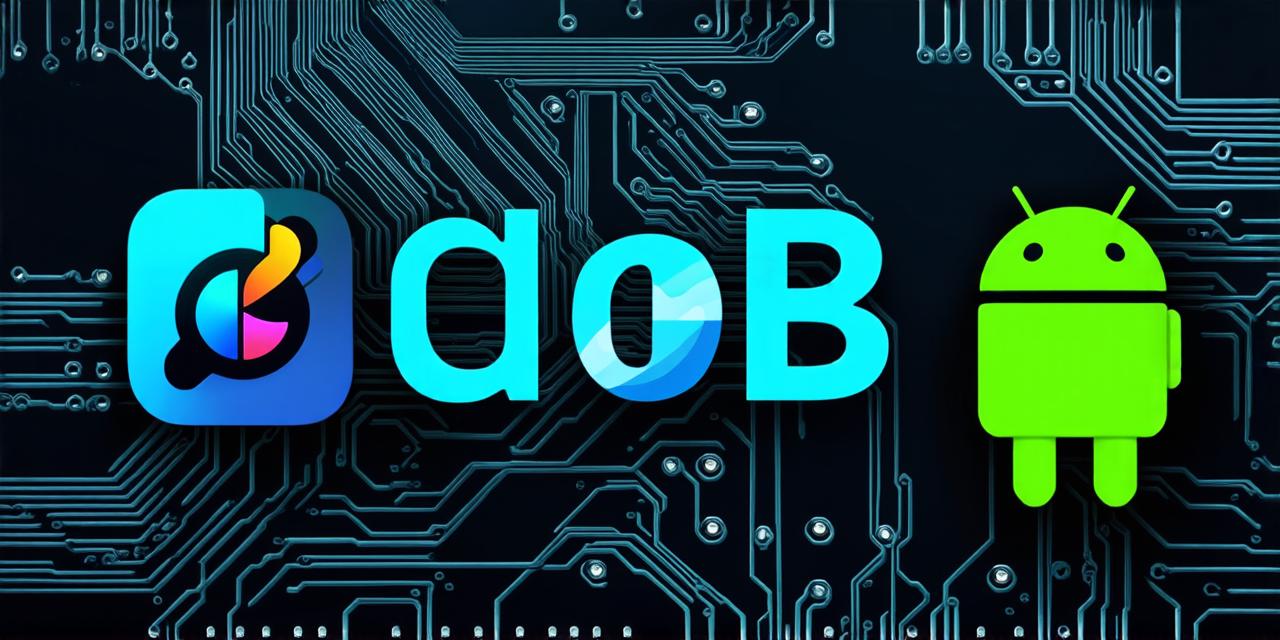Creating a Flutter Project Structure
To create a new Flutter project, you need to follow these steps:
Step 1: Install Flutter SDK
First, you need to install the Flutter SDK on your computer. You can download it from the official Flutter website at https://flutter.dev/docs/get-started/install. Follow the instructions on the website to install the SDK.
Step 2: Create a New Flutter Project
Once you have installed the Flutter SDK, you can create a new Flutter project using the flutter create command. Open a terminal and navigate to the directory where you want to create the project. Then, run the following command:
bash
flutter create my_project
This command will create a new Flutter project named "my_project" in the current directory. The project will contain all the necessary files and folders to get started with Flutter development.
Step 3: Project Structure
The Flutter project structure is organized as follows:
my_project/
├── android/
│ └── …
├── ios/
│ └── …
├── pubspec.yaml
├── lib/
│ ├── main.dart
│ ├── …
├── test/
│ ├── widget_test.dart
│ └── …
├── .gitignore
├── README.md
Here’s a brief explanation of each folder and file:
android/: This folder contains the Android-specific files for the project.ios/: This folder contains the iOS-specific files for the project.pubspec.yaml: This file contains the project configuration, including dependencies, assets, and other settings.lib/: This folder contains the Dart code for the project. The main entry point of the app is in themain.dartfile.test/: This folder contains the test files for the project..gitignore: This file specifies which files should be ignored by version control systems, such as Git.README.md: This file contains a brief description of the project and instructions on how to run it.
Step 4: Running the Flutter App
To run the app, open a terminal and navigate to the project directory. Then, run the following command:
bashflutter run
This command will start the Flutter development server and launch the app on an emulator or a real device connected to your computer.
You can also run the app on a specific device by specifying the device name or IP address in the flutter devices command. For example, to run the app on a device with the name "my_device", you can run the following command:
bash
flutter devices my_device
This will launch the app on the specified device.

Step 5: Debugging the Flutter App
Debugging is an essential part of app development. In Flutter, you can debug the app using various tools and techniques. Here are some common ways to debug a Flutter app:
Using Print Statements
You can use print statements to output debug information to the console. For example, you can use the print function from the dart:io library to output a message to the console:
dart
import ‘package:flutter/material.dart’;
void main() {
runApp(MyApp());
}
class MyApp extends StatelessWidget {
@override
Widget build(BuildContext context) {
print(‘Hello, world!’);
return MaterialApp(
title: ‘Flutter Demo’,
theme: ThemeData(
primarySwatch: Colors.blue,
),home: MyHomePage(),
);}
}
When you run this app, you will see the message "Hello, world!" printed to the console.
Using Debugger
You can also use a debugger to step through the code and inspect variables. In Flutter, you can use the dart:debug library to attach a debugger to the app. For example, you can use the launch function from the flutter command-line tool to launch the app with a debugger:
bash
$ flutter launch –dart-vm-args"–enable-remote-debugging"
When you run this command, the Flutter development server will launch the app with a debugger attached. You can then use a debugger client, such as Visual Studio Code or Android Studio, to step through the code and inspect variables.
Using Profiler
You can also use a profiler to identify performance bottlenecks in the app. In Flutter, you can use the flutter_test package to run performance tests on
